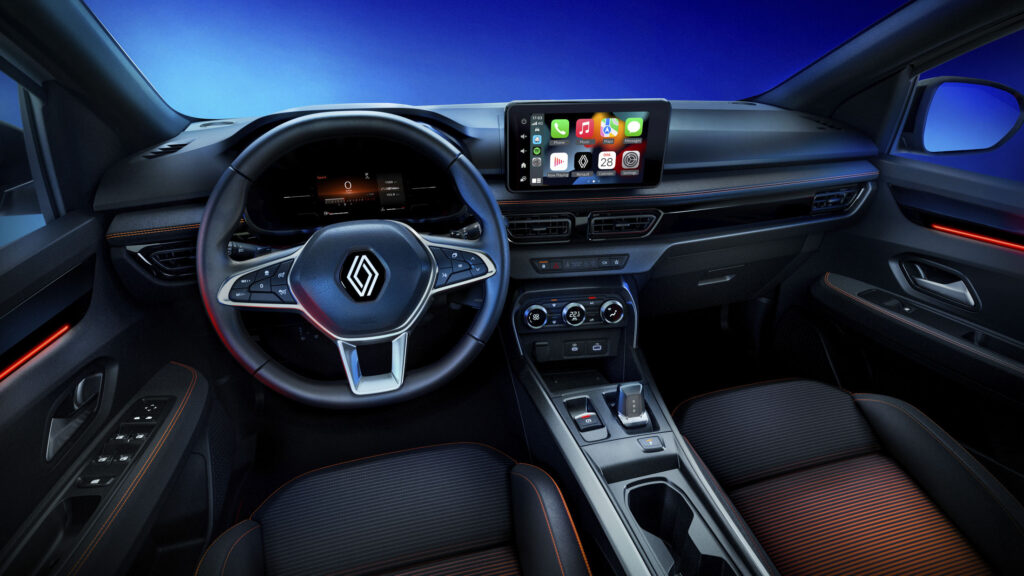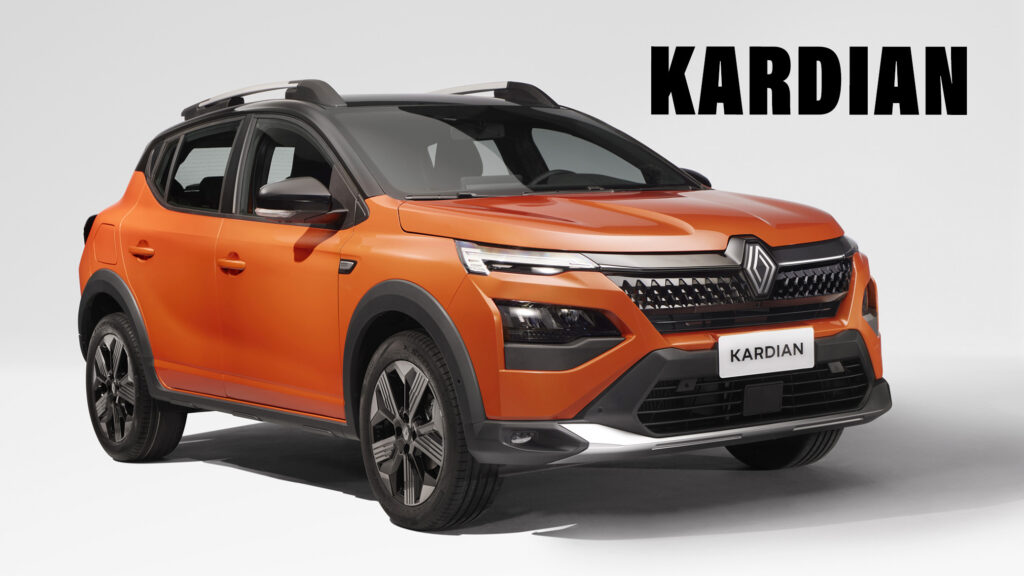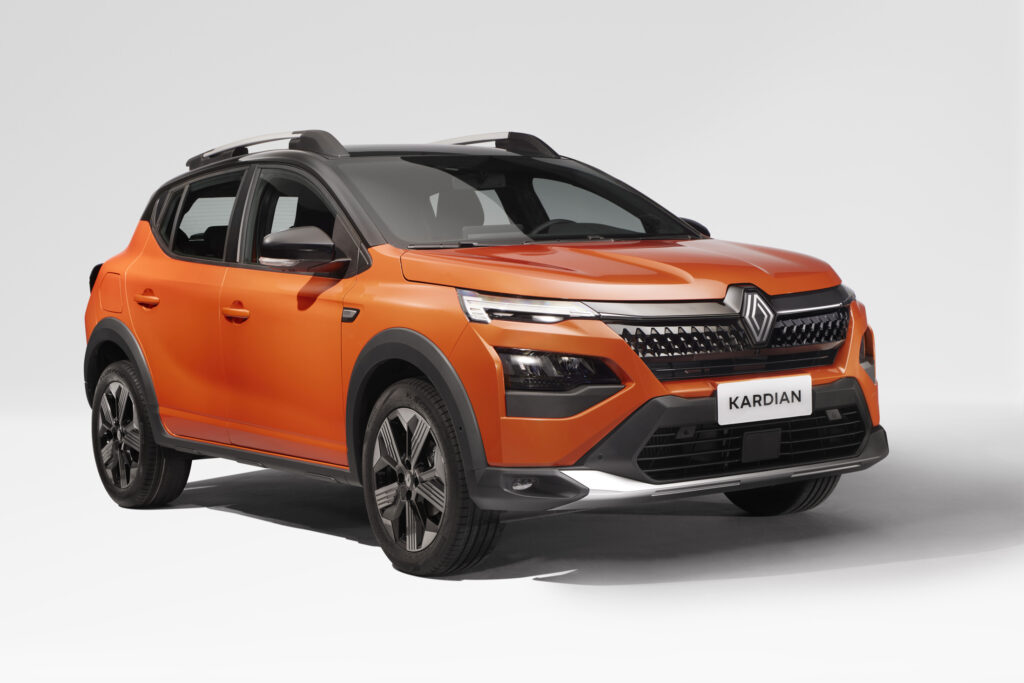Most cars, from the humble Mini to the humble-bragging, supercar-slaying Porsche 911 Turbo, are sold in pretty much the exact same form around the world. But some automakers tailor their vehicles to the region where they’re being sold. And in ‘international’ markets, ie. not Europe or North America, and generally budget conscious, that can mean customers getting some second-rate rides.
But the new Renault Kardian looks cool enough to cut it with the best on European highways, though you’ll never see it there. The subcompact, B-segment SUV is being launched first in South America before being rolled out to other international markets and is the first Renault vehicle to be built around a new modular platform that can be used on everything from little SUVs to large pickup trucks.
At 4,119 mm (162 inches) long and riding on a 2,604 mm (102.5 inches) wheelbase, the Kardian is slightly smaller than Europe’s Captur but has a similar waistline and split C-pillar treatment. Where the design really differs is around the nose: the Captur has conventional headlights with claw-shaped DRLs wrapping around them, while the Kardian has a split headlamp arrangement and a bigger, squarer grille opening that gives the SUV a more macho look. The Kardian also promises to be more practical thanks to its large roof rails that can carry 80 kg (176 lbs) loads and can even be unbolted and re-attached across the car.
Related: Renault Kardian Shows Its Dacia-Like Cabin

Despite what the tough stance and skid plates suggest, the Kardian only delivers power to the front wheels. That power comes from a 1.0-liter three-cylinder turbocharged engine hooked up to a dual-clutch transmission and generating 123 hp (125 PS) and 162 lb-ft (220 Nm) of torque. Hybrid tech? Not here; the less developed markets don’t demand it and that helps keep the cost down.
The DCT and its stubby Porsche-like shifter will help the Kardian stand out in the South American market, and the interior – which strongly resembles the Dacia Sandero’s – should certainly go down well thanks to its 8-inch infotainment system, wireless Apple CarPlay functionality, and separate digital instrument pack. It’s big on safety, too, being the only car of its kind to offer blind-spot monitoring and a multi-view camera system, Renault says. Adaptive cruise control, auto emergency braking, and hill-start assistance are also part of the package.
Renault will kick off production first at its Curitiba plant in Brazil, before expanding the operation to take in the Casablanca plant in Morocco. Which is barely an hour’s hop on a plane from France, but no matter how much you pester your French Renault dealer to get you one, the answer will remain a firm ‘Non!’







































